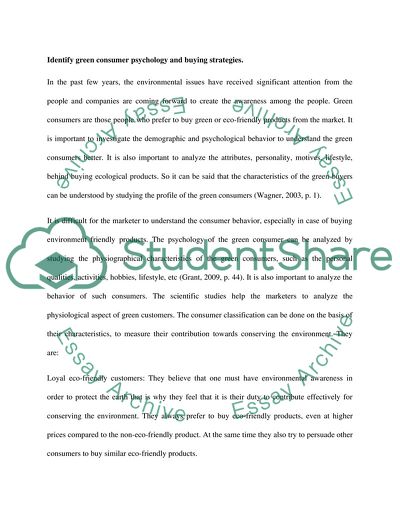Cite this document
(Green Marketing and Corporate Social Responsibility Assignment, n.d.)
Green Marketing and Corporate Social Responsibility Assignment. Retrieved from https://studentshare.org/marketing/1777775-green-marketing-and-coporate-social-responsibility-emerging-issues-in-marketing-management-and-research
Green Marketing and Corporate Social Responsibility Assignment. Retrieved from https://studentshare.org/marketing/1777775-green-marketing-and-coporate-social-responsibility-emerging-issues-in-marketing-management-and-research
(Green Marketing and Corporate Social Responsibility Assignment)
Green Marketing and Corporate Social Responsibility Assignment. https://studentshare.org/marketing/1777775-green-marketing-and-coporate-social-responsibility-emerging-issues-in-marketing-management-and-research.
Green Marketing and Corporate Social Responsibility Assignment. https://studentshare.org/marketing/1777775-green-marketing-and-coporate-social-responsibility-emerging-issues-in-marketing-management-and-research.
“Green Marketing and Corporate Social Responsibility Assignment”, n.d. https://studentshare.org/marketing/1777775-green-marketing-and-coporate-social-responsibility-emerging-issues-in-marketing-management-and-research.


